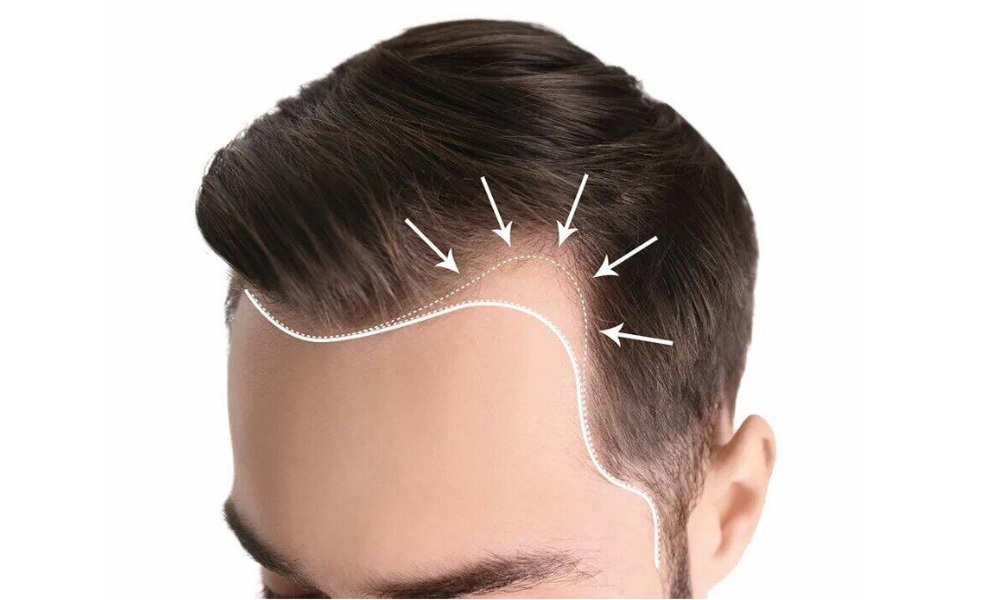A successful hair transplant isn’t just about moving hair from one area to another—it’s about crafting a natural, undetectable hairline that frames the face perfectly. Hairline design is where science and artistry converge, requiring meticulous planning, an understanding of facial aesthetics, and surgical precision. In this blog, we explore the key principles behind perfect hairline design in modern hair transplantation.
The hairline serves as the frame for the entire face, making its design the most critical aspect of any transplant procedure. Unlike other areas of hair restoration, the hairline requires an artist’s eye combined with a surgeon’s precision to recreate nature’s randomness. Modern hairline design has evolved beyond simple hair replacement to become a sophisticated form of facial sculpting that must account for age, gender, ethnicity, and future hair loss patterns.
What makes an exceptional hairline design is its ability to age gracefully with the patient. The most skilled surgeons don’t just create hairlines that look good today—they design hairlines that will continue to look natural decades later. This forward-thinking approach considers factors like progressive hair loss, changing facial proportions with age, and how the hairline will interact with potential future procedures.
The artistry comes in replicating nature’s imperfections—subtle asymmetries, irregular spacing, and the delicate transition from fine single hairs at the front to denser growth behind. Meanwhile, the science lies in understanding hair follicle behaviour, growth angles, and how to distribute limited donor hair for maximum impact.
Why Hairline Design Matters
The hairline is the most visible and defining feature of a hair transplant. A poorly designed hairline can look artificial, while a well-executed one blends seamlessly with natural hair growth patterns. Key considerations include:
- Age-Appropriate Placement – A mature hairline should look natural for the patient’s age.
- Facial Symmetry & Proportions – The hairline must complement facial structure (forehead shape, brow position, etc.).
- Natural Irregularity – No real hairline is perfectly straight—subtle imperfections create authenticity.
The Art of Hairline Design: Key Principles
1. The Golden Ratio & Facial Harmony
- The ideal hairline follows the “rule of thirds”—dividing the face into equal horizontal sections for balanced proportions.
- The temporal peaks (corners where the hairline recedes) should frame the face naturally.
2. Follicular Distribution & Density Gradients
- Single-hair grafts at the front for a soft, feathered look.
- Gradually increasing density behind the hairline for a natural transition.
3. Ethnic & Gender-Specific Considerations
- Male hairlines typically have a slight recession, while female hairlines are often lower and rounder.
- Ethnic variations (e.g., Asian hairlines tend to be straighter, while Caucasian hairlines may have more recession).
The Role of Technology in Precision Hairline Design
Modern hair transplants use advanced tools to enhance accuracy:
- Digital Imaging & 3D Simulations – Preview the hairline before surgery.
- Micrograft Implantation – Ultra-fine incisions for undetectable placement.
- Robotic FUE (ARTAS/iXrobot) – AI-assisted follicle extraction for minimal scarring.
Common Hairline Styles in Transplants
- Juvenile Hairline
- Mature Hairline
- Widow’s Peak
- Soft V-Shape
The Surgeon’s Touch: Why Skill Matters Most
Even with advanced technology, the surgeon’s artistic eye is irreplaceable. An expert will:
- Assess facial structure and hair characteristics.
- Customize the hairline based on age, ethnicity, and future hair loss risk.
- Ensure grafts heal with natural density and direction.
Final Thoughts
A great hair transplant is invisible, no one should be able to tell it’s not your natural hair. The difference between a good and bad result often comes down to hairline design.

